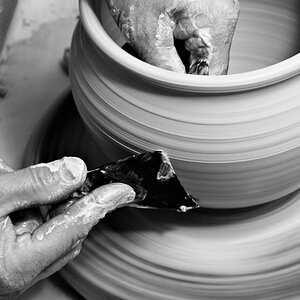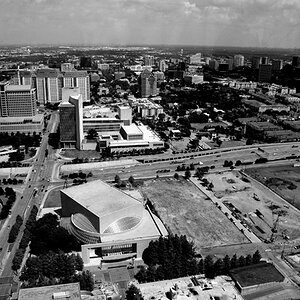mdmosta319
TPF Noob!
- Joined
- May 13, 2017
- Messages
- 34
- Reaction score
- 1
- Can others edit my Photos
- Photos OK to edit
First Thing, I am Newbie. I know Prime lens would allow more light (1.8>4.5).
.
What are benifits of Prime lens when I can get same amount of blur with zoom lens (70-300mm)??
.
Photos of same settings would be different, But how much? How much sharness need to be sacrificed?
.
*VR is on.
.
What are benifits of Prime lens when I can get same amount of blur with zoom lens (70-300mm)??
.
Photos of same settings would be different, But how much? How much sharness need to be sacrificed?
.
*VR is on.



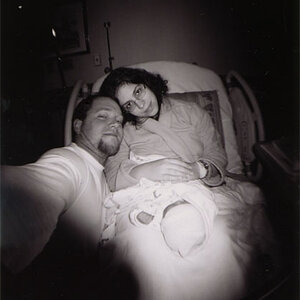
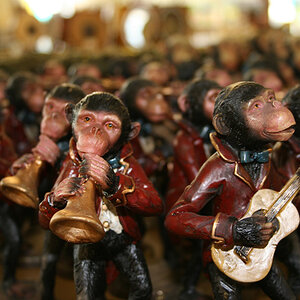
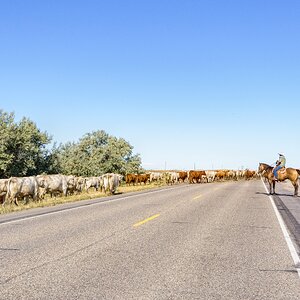
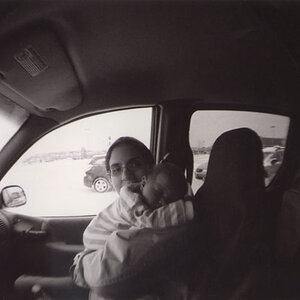
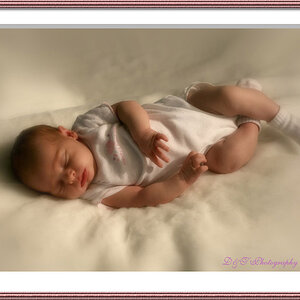
![[No title]](/data/xfmg/thumbnail/37/37624-7f9c9a5c8c7bcb5e62f67313e2e48dbc.jpg?1619738153)
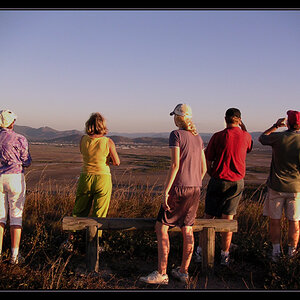
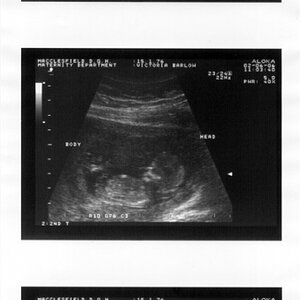
![[No title]](/data/xfmg/thumbnail/42/42451-9e2e4f1caad4c45d0c61e2a856140c36.jpg?1619740190)
